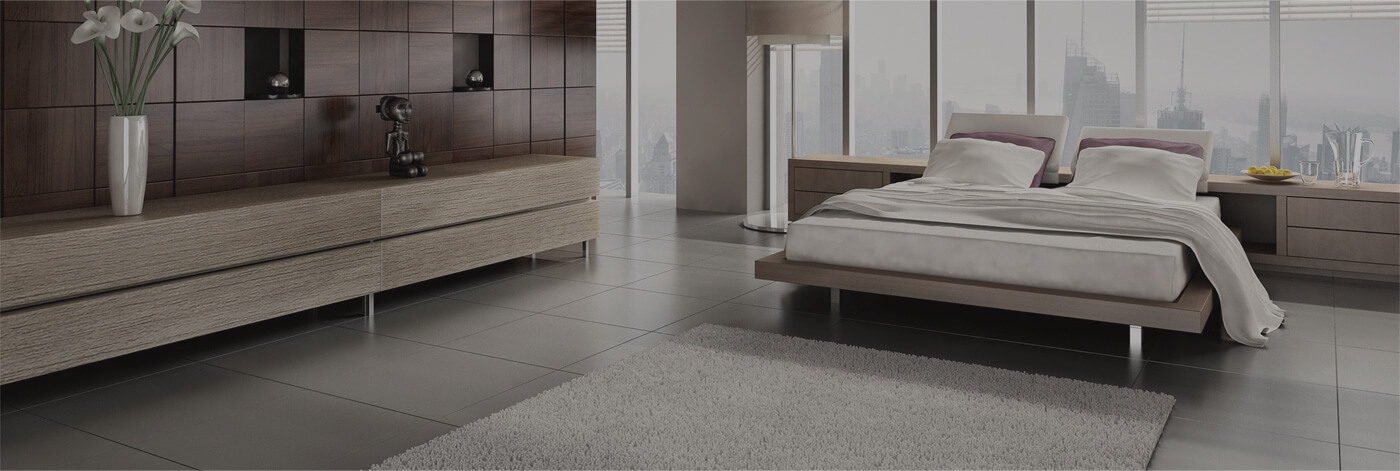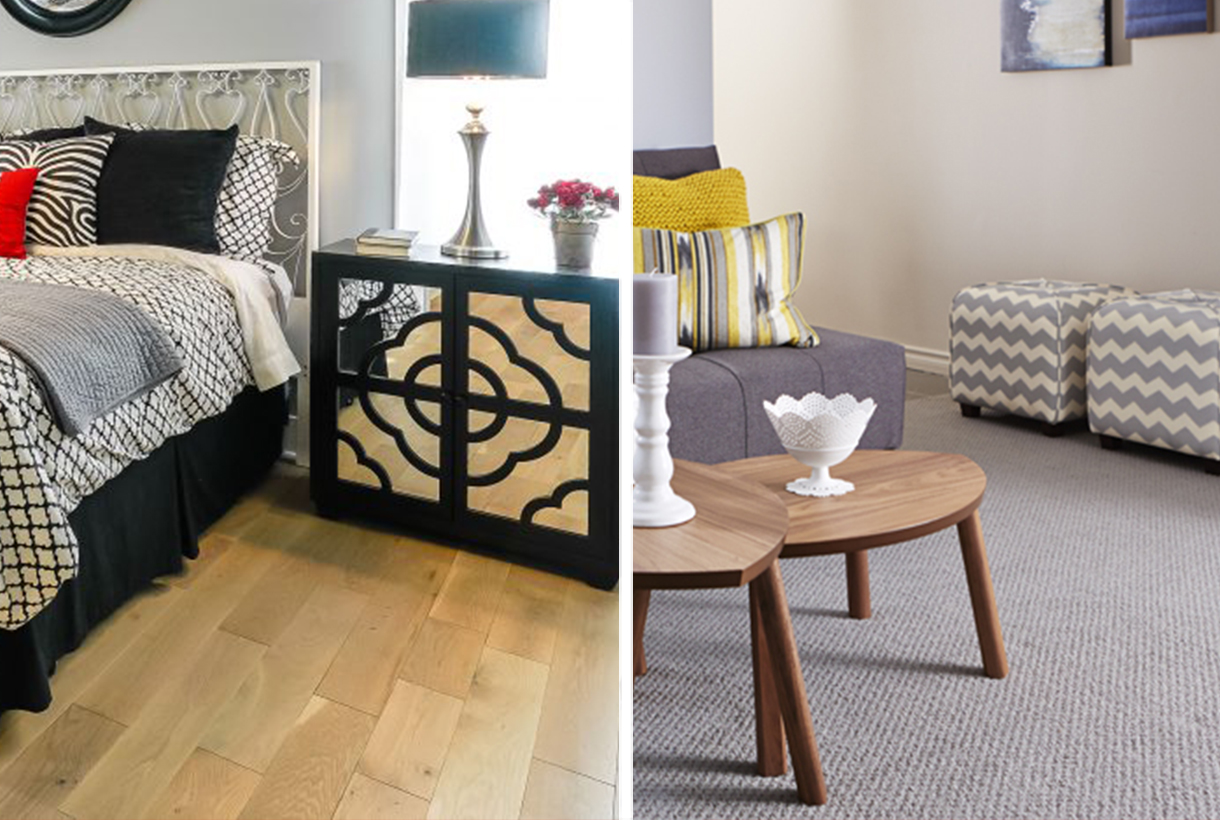When taking a look at floor coverings options, carpets and floors that are laminate are among the most popular choices. Their cost is generally economical and is cheaper than solid hardwood floors.
Laminate flooring is known as more hypoallergenic and hygienic than carpeting, as it can be easily cleaned, and dust won’t go unnoticed. Carpeting tends to retain dust and pollen, stain more easily, and build up mould and mildew when it comes in contact with moisture, making it a less likely option that is desirable for those who struggle with allergies.
The two flooring types are similarly priced, but high-end, “high pile” carpeting will probably cost more than high-end flooring that is laminate. Installation costs should also be considered, with the tongue-and-groove planks usually found in laminate flooring installation that is making it easy and popular with the do-it-yourself (DIY) crowd. Carpet can also be self-installed, although not as easily as laminated flooring.
Carpet, which is made from wool or fibre that is synthetic such as polypropylene, nylon, or polyester, is attached with a backing that is usually nailed or stapled to your floor and any padding underneath. Laminate flooring is a multi-layered product that is synthetic from fiberboard materials and melamine resin. One layer of laminate flooring is dedicated to an appliqué that is photographic and generally imitates lumber and sometimes stone.
Composition and Appearance:
Laminate flooring is frequently made from high-density wood or fiberboard particles. There are typically four levels in a laminate flooring plank, including a stabilizing layer, a layer of treated high-density fiberboard, a photographic pattern layer, and a melamine resin layer that is obvious. The clear, difficult layer is placed on top of the other layers to improve durability. You can look for the laminate flooring price on BVG site and check out their range of Laminate flooring option.
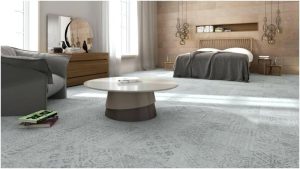
Carpets come in many styles including woven, needle felt, knotted and tufted. All styles have an upper layer of pile – the frilly, soft yarns.
Modern carpets often provide ultra-soft fibres and stain resistance, by way of technology that tightly combines synthetic molecules together, making fibres smaller in diameter.
Both carpet and laminate flooring provide users with a range of wide of choices. Laminate tends to come in designs mimicking flooring that is commonly found in homes, such as for example wood and rock, together with a range of colours, patterns, and piles of carpeting available are nearly limitless.
Carpet is the warmer option, frequently utilized in bedrooms where one is likely to be barefoot. It is also an insulator that is acoustic padding noise caused by movement. Laminate flooring does maybe not absorb noise well and it is usually noisy to walk on. Acoustic underlays are sometimes utilized to help reduce sound.
Durability
Laminate flooring is more likely to last much longer than carpet, as it is scratch-resistant, durable, and simple to clean. While carpet may have to be generally replaced in 5 to a decade, quality laminates can last up to 25-30 years.
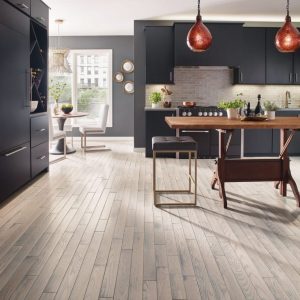
More laminate that is expensive is usually a better investment, though carpet provides a cheaper option to users who wish to renovate more frequently. Contemporary carpeting is more durable and stain-resistant than the past, but it is generally accepted that it won’t last more than 10 years in virtually any certain areas with moderate traffic, but if you often like to change the flooring tiles of your home to give it a distinctive look after every 10 years, then choosing carpet tiles online will definitely be a better option!
Installation:
Carpet can be installed over many materials, from concrete to wood, and that can hide irregularities of the flooring. Carpet and cushioning are first trimmed to the measurements that are proper and then the two layers are installed with nails or staples, and seams are glued down. Installation in an area that is large, uses stretching of the carpet and unique tools. Although users can install carpet themselves, particularly with some “peel and stick” brands making DIY jobs easier, carpet generally requires installation that is professional.
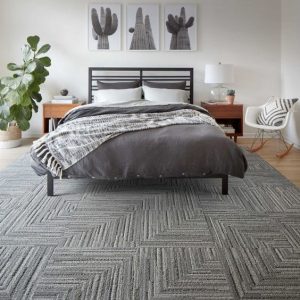
Laminate floors can be installed at the top of nearly every floor that is existing excluding carpet, but if unique preparation of the floor is required, users may need professional services. Tongue-and-groove flooring that is laminate make DIY installation easier, and also lower the costs of professional installation as a result of rate and simplicity with which laminate planks can be installed.
Living Room:
Living spaces are where families have a tendency to spend a lot of time, both with each other and with guests they entertain. The benefits of using laminate floors within the living room consist of while many may prefer the heat and comfort of carpets
- Easier to completely clean
- Less susceptible to stains
- Can purchase a rug to design the available space, allowing more options
- Fewer allergens
Health Concerns:
Laminate floor tends to be better to clean than carpet and is hence considered more hypoallergenic and hygienic. The Rug specialists’ study of carpets showed high degrees of dangerous bacteria, hidden dirt, and pollen and dirt mites, suggesting individuals are unable or unwilling to properly clean their carpets.
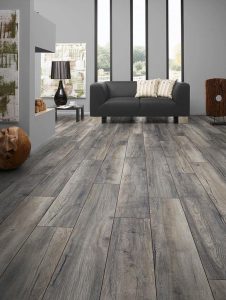
In an overview, it was pointed out that carpet tiles that are old aggravate hypersensitivity, as the fibres catch and hold dirt, allergens, pesticides, and toxic chemical compounds.
So as to address allergen concerns, today many carpets are created with more earth-friendly chemicals and fewer chemicals altogether, therefore low-VOC (volatile organic compound) items are available for sensitive consumers.
The Center for Health Design’s review of research notes that though some scholarly studies aim to carpet being susceptible to fungi and bacteria contamination, the answers are conflicting. Some find higher concentrations above carpeted floors yet others above hard flooring, suggesting a study that is further required.

